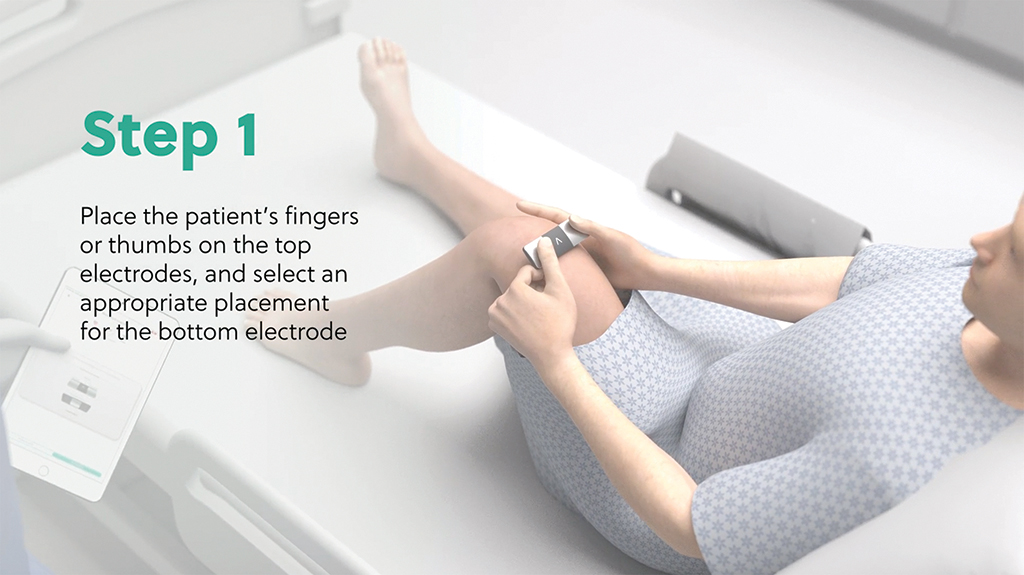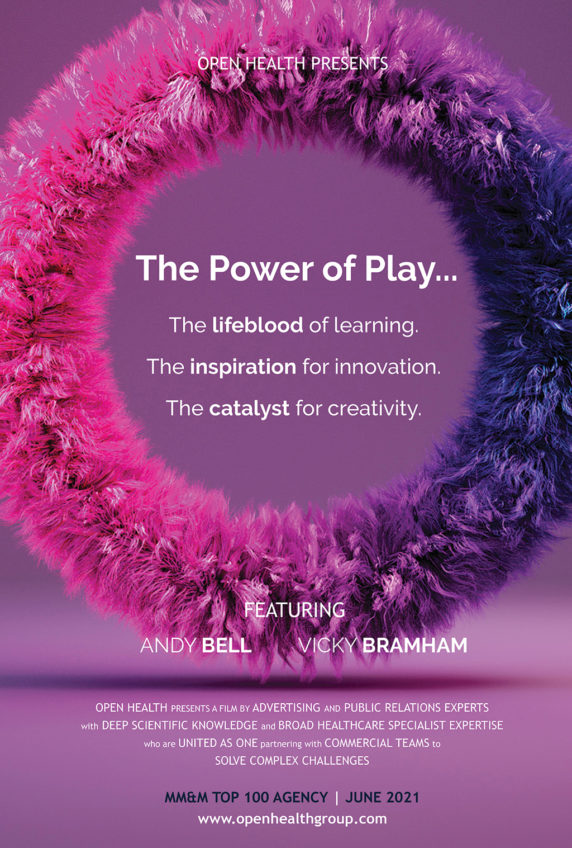
Click here for the Director’s Cut
Never mind the myriad challenges 2020 threw at every company. Over the course of the year, Open Health decided to take on an additional one: A push to become the industry’s most respected agency.
Is this yet another example of typical industry puffery? Nope, says chief operating officer Sandy Royden. Rather, she characterizes the branding as an accurate depiction of the ambitions of the “new” Open Health, which was formed by integrating its Pharmerit and Peloton Advantage divisions.
She points to the September launch of the new internal campaign outlining those ambitions, The Best of Both Worlds, as one of the year’s true highlights. Hinging on analogies between the left (analytical) and right (creative) brains, the effort is intended as both a rallying cry for the troops and a means of distinguishing the agency from the competition.

“It differentiates the many ways we are deep, broad and united,” Royden explains. “We go from health economics modelers to medical writers right through to advertising and creative. When we
create campaigns for clients, we make sure they are truly inclusive of all of our offerings.”
By way of example, Royden references work on AliveCor’s KardiaMobile 6L EKG monitor, following its emergency approval by the Food and Drug Administration for use on COVID-19 patients. Open Health quickly developed an inpatient explainer video, showing HCPs how to use the machine, which evaluates electrical properties of the heart.
“The rush on this assignment demonstrates our flexibility,” Royden says. “We got up to speed, then developed innovative communications and connected with cardiologists.”
Open Health’s revenue climbed to $59.4 million in 2020, a 17% boost over 2019’s take of $50.8 million. Royden reports that revenue is up more than 10% year-over-year through 2021’s first three months.
U.S. head count surged in turn, from 201 at the end of 2019 to 239 at the end of 2020. The most significant change came at the top: Rob Barker took over as agency CEO, moving over from CEO of Open Health’s medical communications team (the company’s two groups are Evidence & Access and Communications). He succeeds CEO and agency cofounder David Rowley, who stepped down after 10 years.
Other changes included the establishment of an omnichannel marketing service populated by digital comms experts and designed to enhance integrated marketing programs for HCPs and patients. The agency also broadened its patient engagement offering to include clinical trial recruitment and retention. Taken in sum, the changes lead back to what Royden describes as an overarching ambition to offer clients “superexcellence.”
On a more macro level, Royden is encouraged by the pharma industry’s increasing respect among traditionally skeptical audiences in the wake of its COVID-inspired achievements. “The pandemic has presented a fantastic opportunity for the industry to enhance its reputation, and pharma has embraced it,” she says. “It’s exciting to see how the speed of vaccine development is restoring the way people feel about the business.”
. . .
The idea I wish I had…
The Idea I WIsh I Had: Our Clients’ Best-Kept Secret from MJL, a lovely piece of self-promotion for the agency. In an industry that can occasionally be guilty of taking itself a little too seriously, this video doesn’t, yet still manages to make a point and draw you in to find out more. — Sandy Royden
From the June 01, 2021 Issue of MM+M - Medical Marketing and Media







